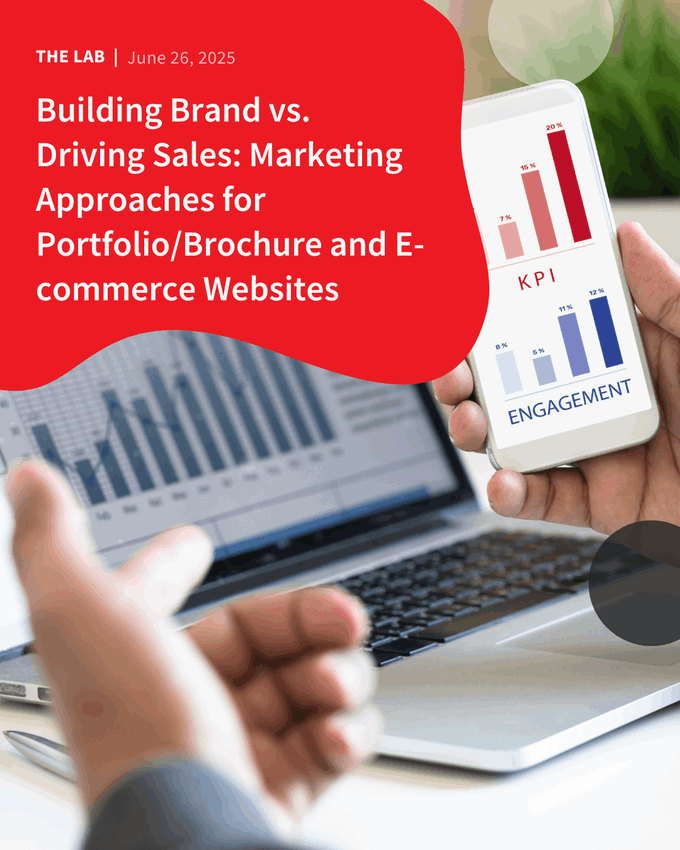 Design strategy may mean different things depending on who you ask. What you think design strategy is, may mean different from another. It can be abstract and difficult to understand from a beginner’s point of view.
Design strategy may mean different things depending on who you ask. What you think design strategy is, may mean different from another. It can be abstract and difficult to understand from a beginner’s point of view.
Design is so much more than choosing pretty pictures and nice colour schemes. Design is essentially a well-thought-out expression of a brand and what it stands for.
It’s not uncommon for design teams to take complete control of the product design process. And they aim to define design strategies even before they start creating the product. Although, it requires an honest introspection and a bit of research.
What is a Design Strategy?
A business strategy relates to market objectives and opportunities, interspersed with budgeting and product scope. Design strategy takes this to another level by merging a business strategy with creative concepts. A synthesis of the goals of the company and the ideals of the brand.
Design is just like any other business tool, although it employs more than just words. It stirs and creates an emotional connection with the impalpable entity that is your brand.
To simplify, design strategy is the meeting point between what’s valuable for your customers, and what’s profitable for your business.
Why is Design Strategy Important?
A strong design strategy does more than just persuade and engage a user. It creates processes that are both goal-oriented and cost-effective. In applying a design strategy, a starting point and an end goal are considered, and then the route on how to get there is plotted out.
There are three main reasons why design strategy is important for any business:
● Design Strategy is Cost-Effective.
A design strategy allows you to clearly define your target market. What the customer needs, and how you can provide value for them.
It won’t be a shot in the dark when you implement a design strategy before launching your product. You’ll end up with a research-backed product, upon which you will be able to keep on improving it.
Without a design strategy, you might wake up one day and find out that you have spent a considerable amount of time and money on building a product that no one wants or even vaguely appeals to.
● Design Strategy Steers Your Direction.
With the goal in plain view, it empowers every person in your team to function autonomously yet remain in sync towards that goal.
In psychology, there is a phenomenon called “decision fatigue.” It manifests in people burdened with making too many decisions. This wears down their capacity to make sound judgements where it counts the most.
A good design strategy eliminates trivial decision-making surrounding a product out of the way. This liberates precious time for your team to solve creative problems.
So, instead of discussing “Should we pick this colour or that?” Or “Should we use photos here or illustrations?” Your team would be discussing, “If we remove this distracting step from our checkout flow, will it improve our conversion rate?”
● Design Strategy Helps You Prioritise.
It is not enough to be user-oriented. It is quite costly to build from so many user requests. Not only that, but it eats up a lot of time and usually brings only nominal gains.
Doing exclusively what your customers ask for, might turn you into nothing more than a feature factory.
A design strategy will keep your team’s focus on features that strike the best balance between high reward and low effort. This should create the most value for the most amount of your customers. A more sustainable way to drive revenue.
Building An Effective Design Strategy.
Building a design strategy may be fairly simple, but it does require honest introspection and research. Here are a few steps you might take in creating an amazing design strategy:
Step 1: Define your product and brand.
Before designing, let’s say, a website or an app, what your team needs to focus on first is to decide on the big things. Things such as, what product you want to create. How do you want your product to be perceived by your target audience? What are your goals or vision about the product?
Defining your brand may not be as simple as you think. But it is an important step in creating your design strategy. You need to identify where you are currently before charting off to where you would want to head for.
Step 2: Define your goals.
After defining your product and brand, the second thing you need to focus on is defining your goal. What are you trying to achieve? To design or promote successfully, you need to set your design and business goals.
With this in mind, you can then chart your course and follow them one step at a time. Without a road map towards what you are trying to accomplish, it would be cumbersome to create a purposeful and effective strategy.
Step 3: Research and analysis.
We agree that doing research is tedious, but you have to accept that it’s a crucial step to take. Real research is needed to create a clear and executive design strategy. Research is needed to look into all aspects of your audiences, your competition, and the pulse of the market.
You also need to understand where you sit within the marketplace and how you are being perceived, both by your audiences and competitors alike.
Your entire team will benefit from participating in the analysis of your research results. You get to understand the obstacles and opportunities. And as a team, get to figure out advantages and disadvantages, and make decisions together.
Step 4: Fill in the gaps.
Here is another aspect where your research is helpful. You get to notice gaps in your design process. Are there problems in the industry that are not being addressed? Are there opportunities waiting to be leveraged?
If you want to be different from your competitors, you and your team have to strive to be different. By creating solutions to old or new problems, you ensure the validity and exclusivity of your brand. Doing so creates a palpable point of difference for existing customers and potential customers to recognise.
Step 5: Turn objectives into effective strategies.
Now that all information has been processed and made aware of, how can we turn these objectives and research insights into a riveting design? There is no simple off-the-rack answer to this query. But, by following a simple process, the answer can be acquired.
Let’s say you are an established brand, but sales have been on a slow but steady decline. Your ultimate goal is to increase sales and remain relevant. There are several ways this goal can be achieved through design strategy.
Perhaps a revamp of the product’s colour scheme or an update on its packaging design? Alongside this, the strategy would be to offer “re-introduction promos for a limited time.”
The requirement is to ensure that all elements are designed with a specific purpose to accomplish your set goals. Always keep in mind to make decisions based on your research.
Step 6: Test, adjust, improve, and review.
Change is one constant in the world. The market, environment and design conditions, the needs of the audience, and other factors do change over time.
To avoid headaches, it is imperative to be dynamic and keep testing, adjusting, and improving your design strategy. Dynamic enough to meet new needs and changes.
Depending on what your goals are, you can use tools such as Google Analytics to ascertain the success or failure of your design. Comparing subscription frequency before and after design changes have been implemented is a simple way to gauge your design effectiveness.
Reviewing qualitative data gathered through surveys and feedback can also be useful where quantitative data or metrics cannot be obtained.
 Design strategy is far more than just coming up with aesthetically pleasing layouts, typesets, and images. Effective design incorporates meaningful words that you write and as emotive as the stories you tell. All to generate a beneficial relationship between your customer and your brand.
Design strategy is far more than just coming up with aesthetically pleasing layouts, typesets, and images. Effective design incorporates meaningful words that you write and as emotive as the stories you tell. All to generate a beneficial relationship between your customer and your brand.
Do you want to get more business by engaging with your customers online, but have no idea how or where to start? Our marketing strategy session is designed to help clarify and advise you on recommended actions to take to achieve your business goals through various digital marketing endeavours.








